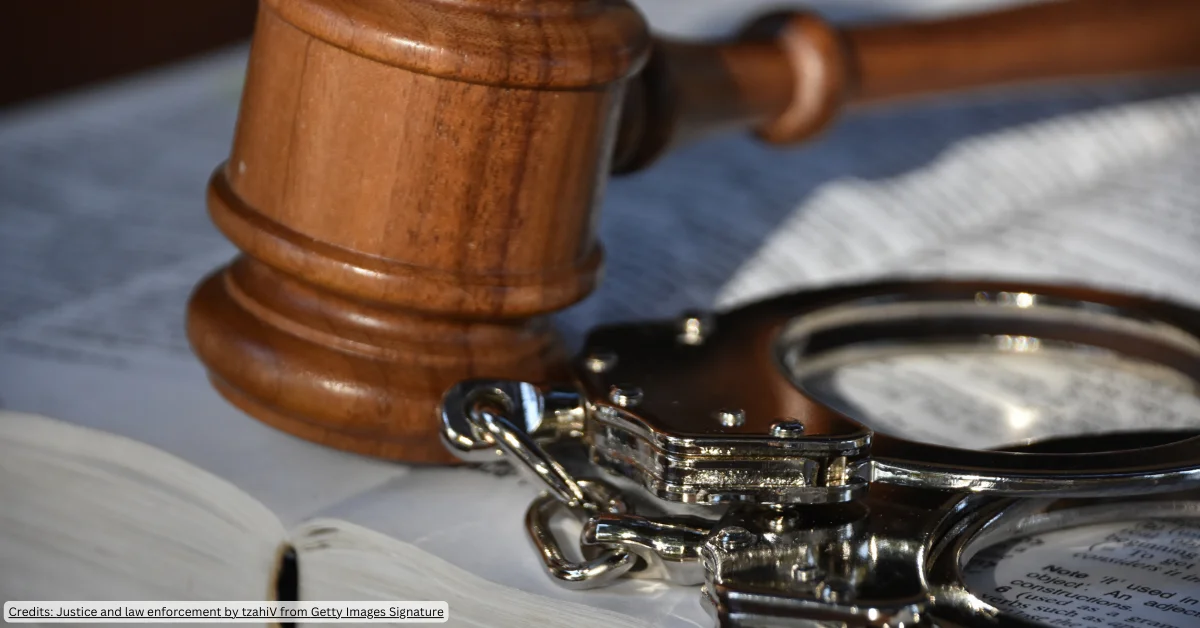The United Nations has stated that any age of criminal liability that is lower than 12 is not internationally acceptable.
Most European countries have set their age of criminal responsibility between 12 and 16 years. In Denmark, Finland, Norway and Sweden the age is 15 years. In Austria, Spain, Hungary, Italy and Germany the age is 14 years. In the Netherlands, Ireland and Scotland the age is presently 12.
In Australia, the age of criminal liability is 10 years old.
The starting point is a principle called ‘doli incapax’
Doli Incapax
Doli incapax is a Latin phrase describing a principle of the common law which has been around for some 400 years. It translates as ‘incapable of crime’.
To be able to be charged with, prosecuted for and convicted of a crime, an accused has to be proven beyond a reasonable doubt to have the capacity to commit that crime.
We start from the basic understanding that all Australian States and Territories have declared that no child under 10 can ever be found guilty of an offence.
For children aged 10 to 14, doli incapax is available in every jurisdiction. In layman’s terms, the presumption is that a child between the ages of 10 and 14 cannot commit a crime because they do not understand the difference between right and wrong.
In New South Wales, South Australia and Victoria it is based on the common law. In the other States and Territories (“the Code states”) it has been enacted by legislation.
The presumption exists in every prosecution of a child under 14. In every such case, the prosecution has to produce proof beyond reasonable doubt that the child knew that what they did was seriously wrong behaviour and not merely naughty behaviour.
The common law position in Australia has been clarified by the High Court in the decision of RP v The Queen decided in 2016.
The High Court stated quite clearly that the rationale for the presumption of doli incapax is the view that a “child aged under 14 is not sufficiently intellectually and morally developed to appreciate the difference between right and wrong….”
Proof of capacity requires proof the child appreciated the moral wrongness of the act as opposed to the child’s awareness that their conduct was merely naughty or mischievous.
The fact a child believed an act was seriously wrong does not, of itself, provide an indication that the child appreciated the moral wrongness of the act.
The evidence going to a rebuttal of the presumption must point to an inference that can be drawn beyond reasonable doubt that the child’s development is such that they knew it was morally wrong to engage in the conduct. This directs attention to the child’s education and the environment in which the child has been raised.
It is important to note that it is not sufficient for the prosecution to state that the accused child has the requisite knowledge, simply because other children of the same age would have known it was seriously wrong. The presumption creates the requirement that the prosecution proves that the particular child has the knowledge.
The reason for the campaign
It is common ground that children until they reach the age of at least 18, do not develop the requisite level of maturity to form the necessary intent for full criminal responsibility.
The Australian Human Rights Commission has pointed out that most children involved in the criminal justice system “come from disadvantaged backgrounds and have complex needs better addressed outside the criminal justice system. These include experiences of poverty, homelessness, educational exclusion and disengagement, abuse and neglect, drug and alcohol issues, disabilities and health concerns, including mental health problems.
Horrific Statistics
The juvenile detention system in Australia costs an estimated $18 billion per year. Estimates on the cost of detaining a child for 12 months range from $400K to $700K.
In the year ending 30 June 2019, there were almost 600 children aged 10 to 13 in detention in Australia.
Of those 156 were non-indigenous and 427 were indigenous. That is, over 60% were indigenous despite comprising just over 3% of the Australian population. Over 80% of 10-year-olds in custody were indigenous.
Of those imprisoned between the ages of 10 to 12, over 90% will be sentenced again before reaching the age of 18.
The alternatives
We need a major investment in support services, treatment, early intervention, prevention, justice reinvestment initiatives and community-led diversion programmes.
Offending by children should be seen as a welfare issue, with social services determining the response to the offending, taking into account the social situation, the seriousness of the offence and any previous criminal conduct. This is very much supported by the European experience.
Consider this:
At the age of 10, a child:
Is in year 5 in primary school;
Knows the current date;
Can recite the days of the week and the months of the year in the correct order;
Has basic reading skills and can understand paragraphs of several sentences;
Can easily add and subtract;
Has some skills in multiplication and division;
Can’t join Facebook;
Loses 4 baby teeth a year;
Can be sent to goal.
CASPA Services is an ardent supporter of the current Australia-wide campaign to ‘raise the age’. There is a concerted push to raise the minimum age of criminal responsibility in all States and Territories in Australia from 10 to 14.













